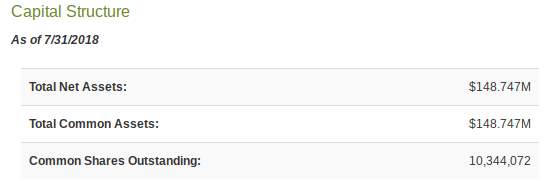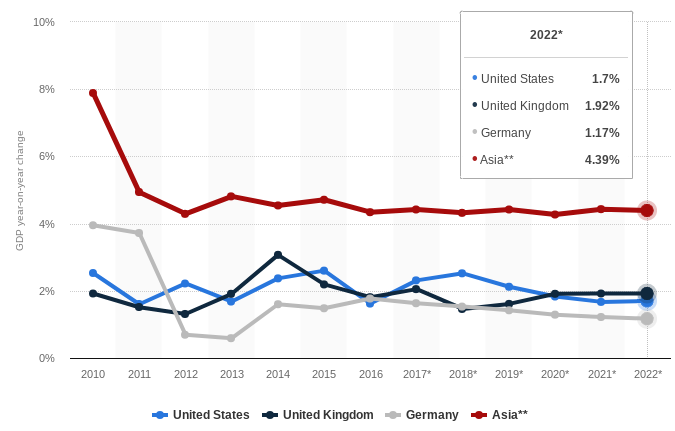The Asia Pacific Fund, Inc (NYSE: APB) is registered as a closed-end management investment company, with an objective to achieve long-term capital appreciation through investment in Asia Pacific Countries (excluding Japan). This creates the opportunity for investors to gain access to emerging markets throughout the region while still maintaining broad regional diversification.

Source: CEF Connect
Most analysts agree that a significant portion of global growth will be present in emerging Asia over the next decade. These assets can be accessed at cheaper levels given the Asia Pacific Fund’s attractive discount to net asset value (NAV). The fund has rallied strongly since February 2016, and investments here come with an attractive dividend yield of 2.14%.
Economic Trends in Asia
The year 2017 was positive for Asian markets. Stocks throughout the region recovered against the backdrop of upward revisions in earnings and stabilizing political factors externally. The MSCI Asia All-Country Index (which excludes Japan) closed with a 42.1% gain for the year, and its dividend yield index rose by 29.8%. The rising tide lifted many regional funds, and this positivity in global markets helped the Asia-Pacific Fund gain approximately 50% in 2017.
The MSCI Asia All-Country Index (which excludes Japan) closed with a 42.1% gain for the year, and its dividend yield index rose by 29.8%. The rising tide lifted many regional funds, and this positivity in global markets helped the Asia-Pacific Fund gain approximately 50% in 2017. These are strong gains which are more closely in line with the longer-term expectations for Asia (relative to Western economies) through the year 2022.

Source: IMF
However, shorter-term volatility has remained in place, and the first quarter of 2018 was not as expected. In the wake of faster-then-expected interest rate hikes by the US Fed Reserve, investors enacted strategies tied to risk aversion.
The world also saw itself on a brink of a trade war between the U.S. and China, which hastened with widespread tariff implementations. The Asia-Pacific Fund fell 0.9% during the period extending from January 2 to April 2, 2018. The greatest drop in the share prices was between January 31 and February 12, wherein the stocks plunged by 10% before entering correction territory in the next few days.
Fund Holdings
The reality is that as interest rates have increased in…




